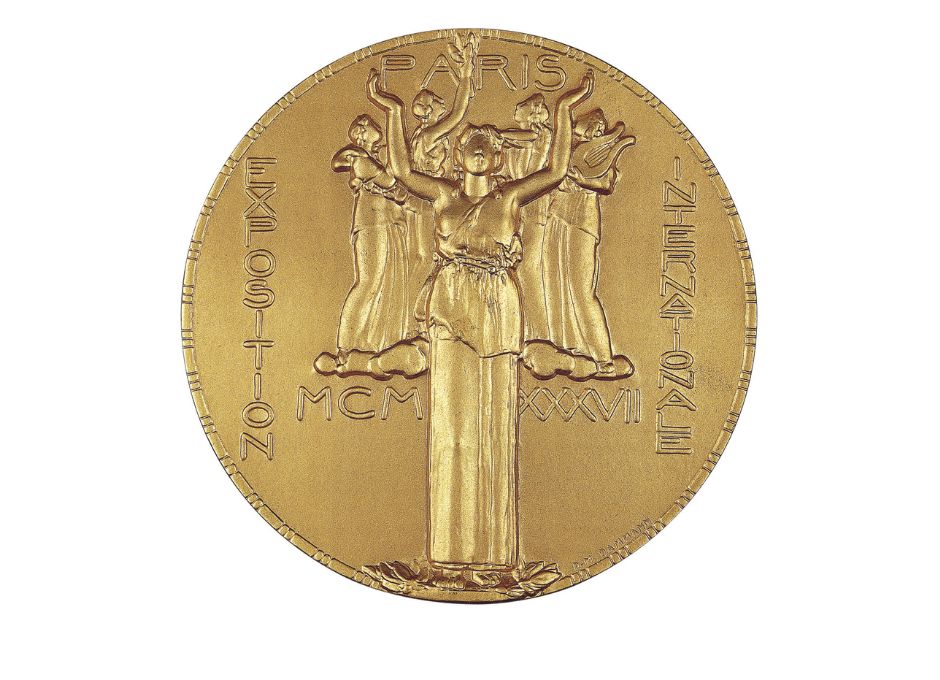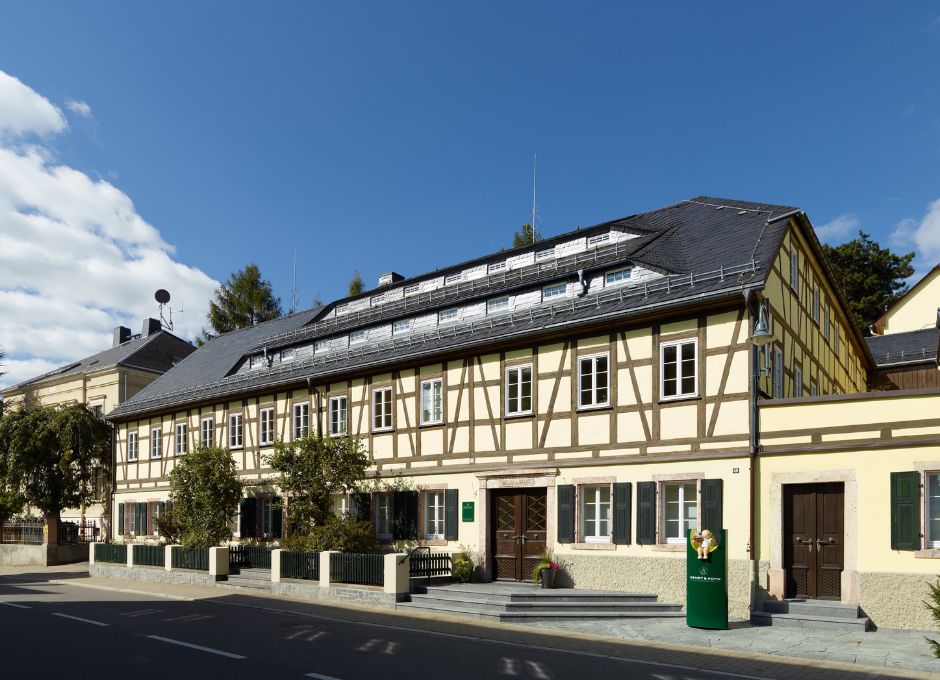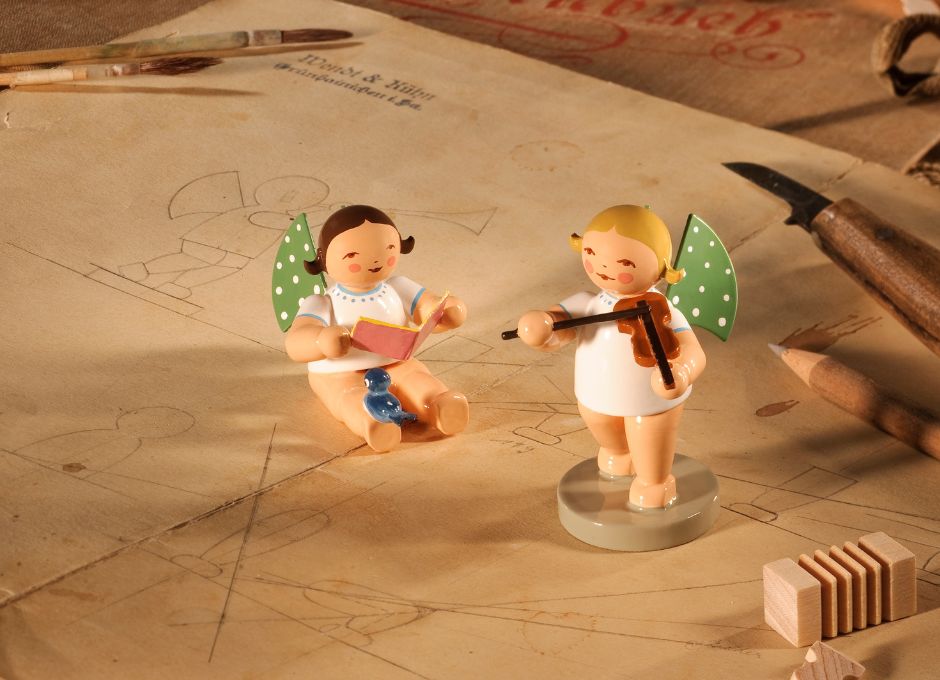
Since 1915, Wendt & Kühn has stood for fine German craftsmanship in its most beautiful perfection. Generation after generation, the mastery and craftsmanship in figurative production has been preserved. To this day, the legacy is carried through the decades with careful further development and contemporary interpretation of the treasure trove of samples and the company's fortunes are managed by descendants of the Wendt family.
The Origin
The summer of 1884 brought a big change to Grünhainichen, above all to the toymakers in the flourishing village: Albert Wendt was appointed to a teaching position at the local vocational school. From that point on, as an educator and later as director of the Grünhainichen trade school, he made significant contributions to the development of the region’s toymaking industry. He often visited local craftsmen in their workshops and acquainted them with the latest technical innovations of the time.
So it was only natural that Albert Wendt’s daughter, Margarete (better known as Grete), would take an early interest in designing and crafting, sketching and painting. Her parents were keen to foster budding talent.
Between 1907 and 1910, Grete attended the Royal Saxon School of Applied Art in Dresden. While still a student, she was commissioned by Karl Schmidt, founder of the meanwhile world-famous Deutsche Werkstätten Hellerau, to design a nativity scene.
Foundation of the trading company
"M. Wendt and M. Kühn"
After graduation, Grete Wendt worked in Dresden and Munich, returning to Grünhainichen in 1912. In 1913, she entered a design competition for quality souvenirs organized by the local heritage association. Her “Berry Children” figurine group won several prizes and has since taken on legendary status. Publication of the prize-winning design led to a rush of orders for the three little “Berry Children” which were initially met by specially commissioned toymakers as well as by the Wendt family in their own home.
It was at this time that Grete decided she wanted to set up her own company. She invited her friend from school, Margarete Kühn, to join her in Grünhainichen and together they founded the general partnership of "M. Wendt u. M. Kühn" on October 1, 1915.
The young company
Just one year later in 1916, the young company exhibited for the first time at the Leipzig Spring Trade Fair. In January 1919, Grete’s brother Johannes came on board as co-owner and took on responsibility for running the business end of the rapidly expanding company. This was also the year they registered the company trademark still being used today – a weather-beaten spruce with the initials W. u. K. – designed for the two company founders by one of their teachers at Dresden’s Academy of Applied Art, Prof. Junge.
Margarete Kühn left the workshops after getting married in 1920.
Welcome, Olly
Olly Sommer, another alumnus of Dresden’s School of Applied Art, came onto the scene in February 1920 and proved to be a dynamic influence within the Grünhainichen company. Olly, who was later to become the wife of Johannes Wendt, not only designed her own figurines, such as 1925’s popular Moon Family, she most notably also became the creative force behind many of our fanciful painting precedents. The twins Hans and Sigrid were born from this marriage.
The Grand Prix – an international honour
The revolutionary technique used by Grete Wendt in the creation of her figurines, with the overall composition only taking shape once the turned, cut, milled and polished wooden components had been joined together, won her international recognition when her Angel Mountain with Madonna was awarded a gold medal and the “Grand Prix” at the 1937 World’s Fair in Paris. While still wholly consistent with traditional Erzgebirge toymaking, her childlike figurines nonetheless bore an individual artistic stamp that was to become the basis of success for the small company’s range of inspired designs.
Hans Wendt takes over the management of the company
Hans Wendt, the son of Johannes und Olly Wendt, joined the company in 1954 following an apprenticeship as a lathe operator and a course in engineering, and not long after became production manager. When the company was forcibly nationalized in 1972 as the VEB Werk-Kunst Grünhainichen, he was permitted to carry on in the role of Works Director. Grete, however, left the company the day it was taken into state ownership. She died in 1979 at the age of 92.
But even under state control in the former East Germany, the company successfully steered clear of mass production and maintained its unmistakable artistic quality. This turned out to be an extremely farsighted policy because all the ingredients for success were still in place when the Grünhainichen workshops were once again returned to private ownership. On July 1, 1990, the company's 75th year of trading, a new era dawned for Wendt & Kühn. With the reunification of Germany came the re-privatization of the company. Olly Wendt was able to witness this event, although she died one year later in June 1991.
New beginning 1990
Long overdue investment was now made in the Grünhainichen site, stemming from a sense of responsibility for the highly traditional manufacturing, the people who worked at the company and the entire region as a whole. Step by focused step, machinery was modernized, the old workshops carefully renovated, the historic half-timbered house restored and new production buildings constructed.
Whereas the workforce at the time of denationalization was 100 strong, today 182 artisans work to create our exquisite figural compositions. Despite all the changes wrought by time, Wendt & Kühn has remained a traditional manufactory with very deep roots to this very day. And this has been the secret behind the renewed success of our “young/old” company following its new beginning in 1990.
Family business in its 3rd generation
On October 1, 1997, Tobias Wendt, the youngest son of Hans Wendt, entered the fold as the third generation principal of the family-run company. Initially as production engineer and a little later as managing director; all leading up to January 1, 2002 when he assumed the helm of the company from his father. After an eventful 47 years of untiring devotion to Wendt & Kühn, Hans Wendt was awarded the Federal Cross of Merit in appreciation of his life’s accomplishments on October 7, 2002. He died six years later in Dresden at the age of 77. Tobias Wendt left the company at the end of 2010, handing over the family reins to his two siblings, Claudia Baer, née Wendt, and Dr. Florian Wendt, on January 1, 2011.
In 2015 Wendt & Kühn celebrated its 100th anniversary in a manner most befitting – together with employees, friends and dealers from all over the world. Another 100th birthday was celebrated in 2023: That of the world-famous eleven dot angels designed by Grete Wendt in 1923.

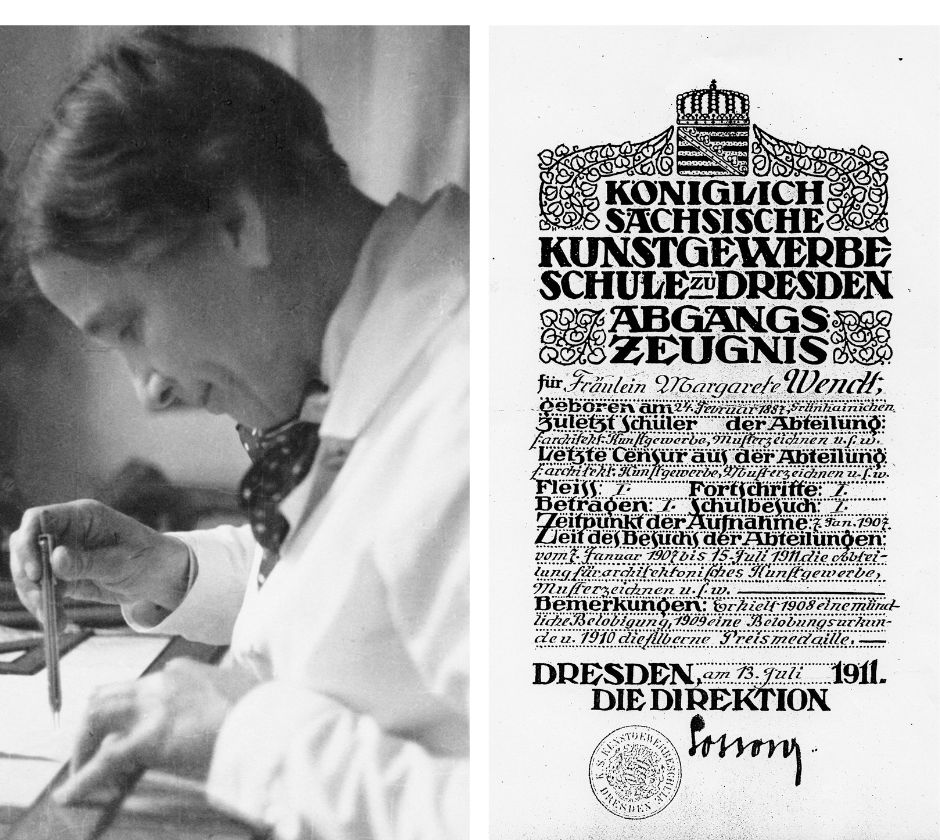
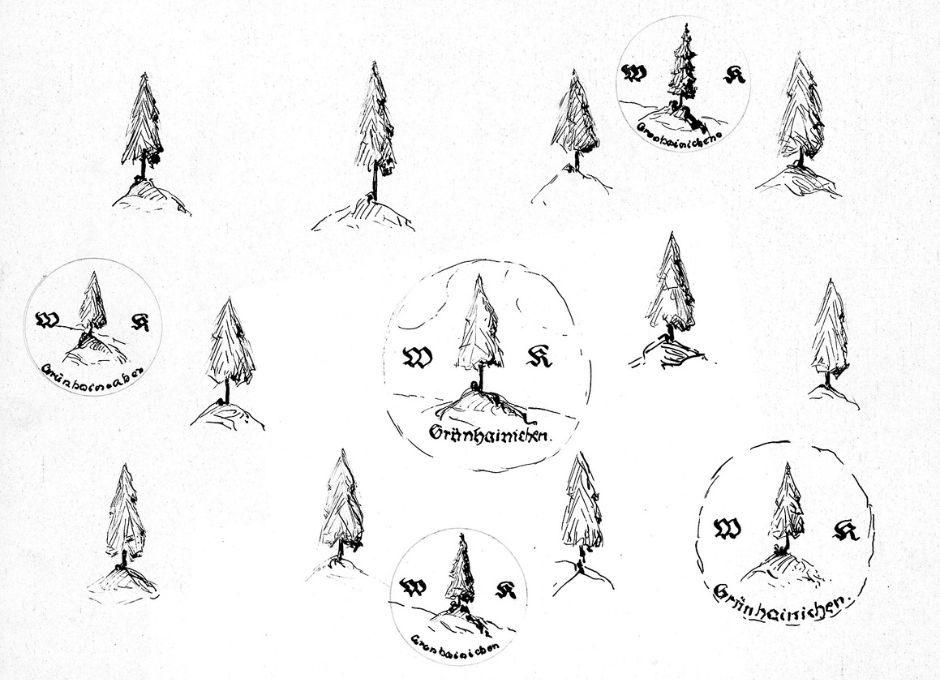
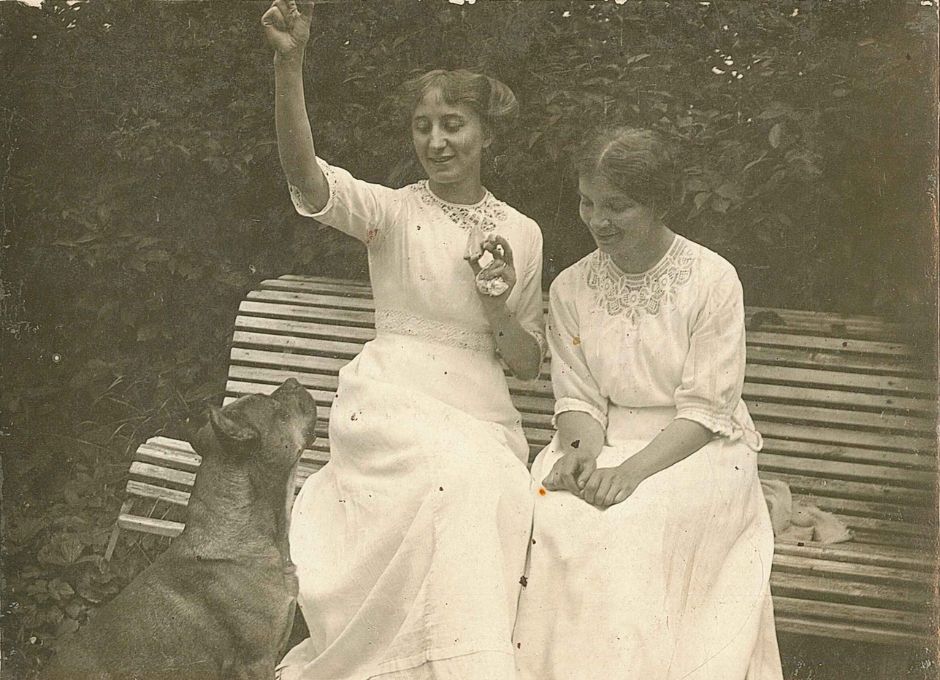
![[Translate to Englisch (int):] Familie Wendt [Translate to Englisch (int):] Schwarz-Weiß-Aufnahme von Olly und Johannes Wendt mit den Kindern Hans und Sigrid.](/fileadmin/media/wk/bilder_seitengestaltung/sonderseiten/Olly__Johannes__Kinder.png)
